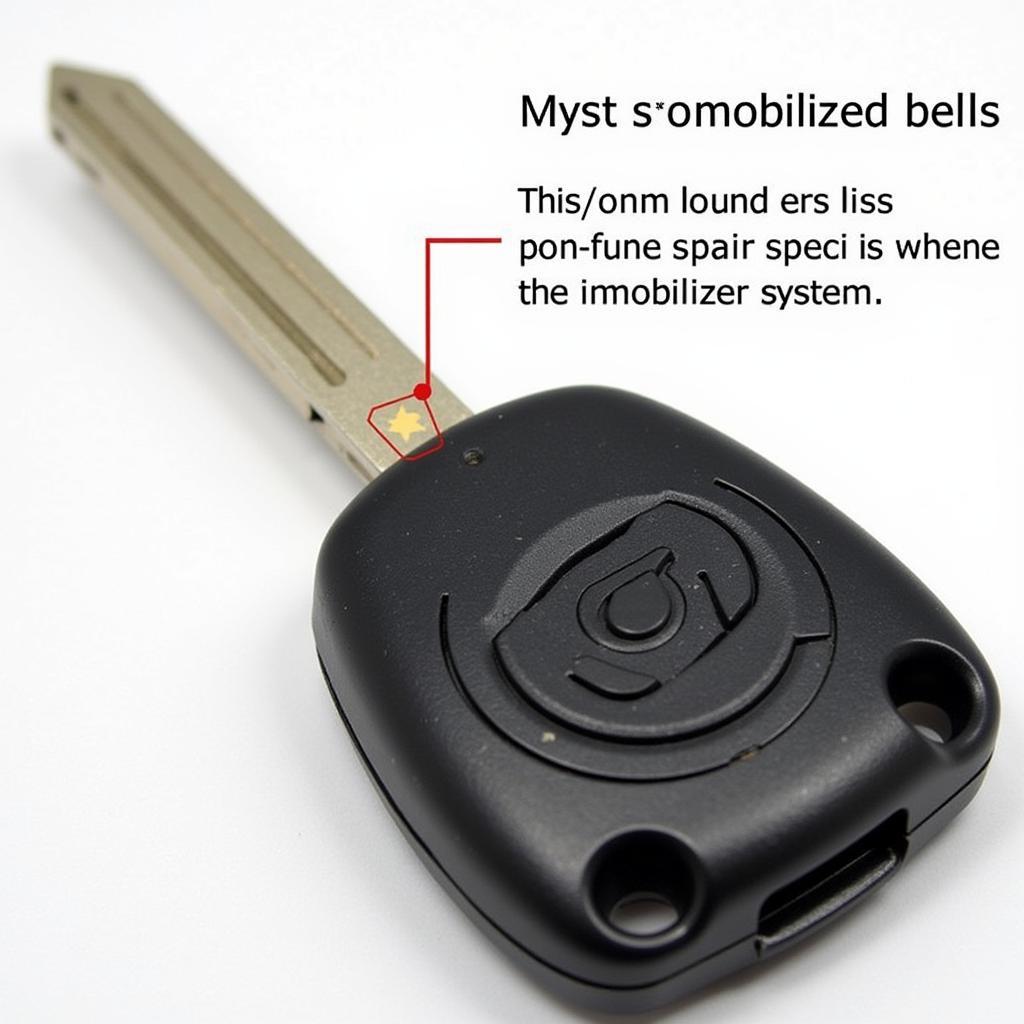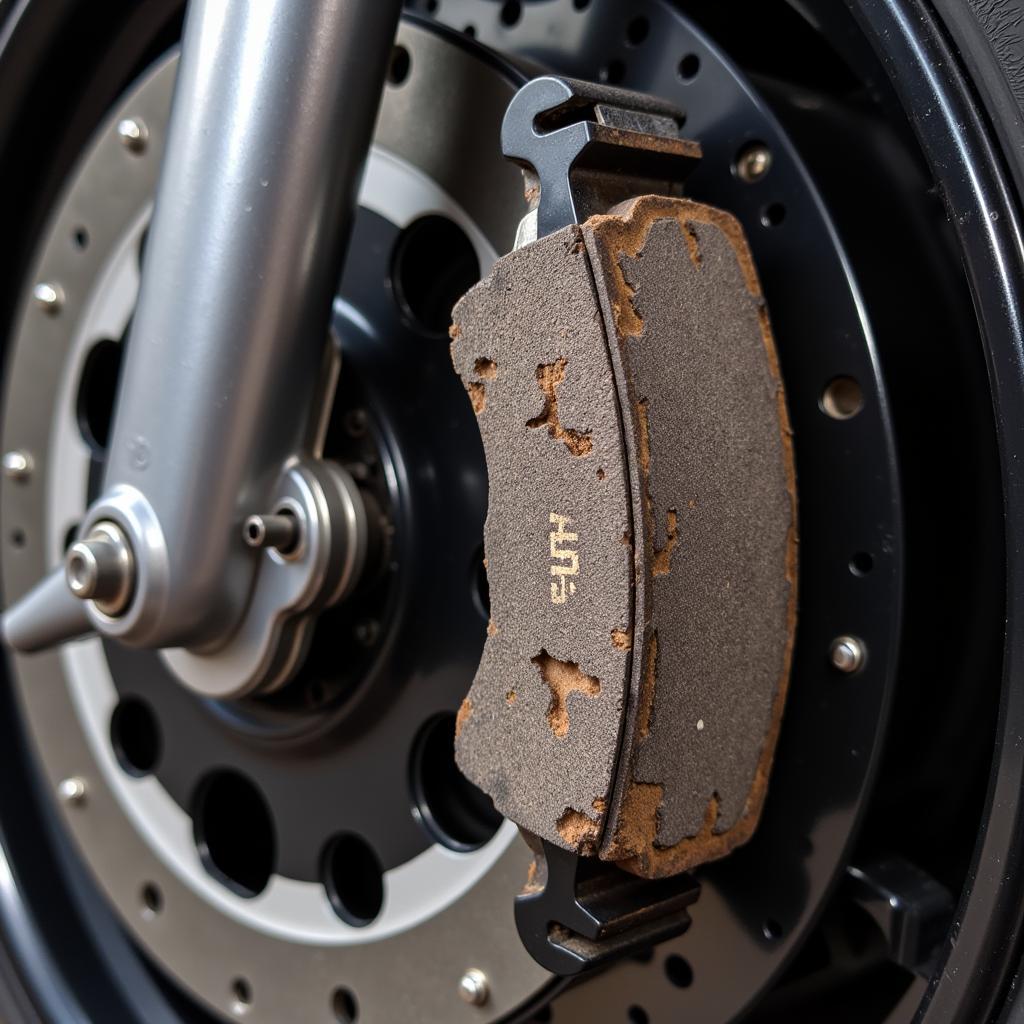Understanding simple car radio wiring is crucial for any car enthusiast, whether you’re upgrading your sound system, troubleshooting electrical issues, or simply adding a new feature. A properly wired car radio ensures optimal performance and prevents potential electrical problems. This guide will provide a clear and concise overview of car radio wiring basics, helping you navigate the process with confidence.
Aftermarket car radios offer various features like Bluetooth connectivity, hands-free calling, and enhanced audio quality. However, installing them often requires connecting various wires correctly. Understanding the color codes and functions of each wire is essential for a successful installation. Even seemingly simple tasks, like replacing a blown fuse, require basic wiring knowledge. provide bluetooth for car radio
Decoding the Wires: A Color-Coded Guide
Each wire in your car radio’s wiring harness has a specific function, indicated by its color. This color-coding system simplifies the wiring process, making it easier to identify each wire’s purpose. While the exact colors may vary slightly between car manufacturers, the general standards are fairly consistent.
Power Wires: The Heart of Your System
The power wires supply the necessary electrical current for your car radio to operate. The most important power wire is the constant 12V (usually yellow), which provides continuous power to the radio’s memory, preserving your settings. Another crucial wire is the switched 12V (usually red), which only receives power when the car’s ignition is turned on. This wire powers the radio’s main functions. The ground wire (usually black) completes the circuit, providing a return path for the electrical current.
Speaker Wires: Bringing the Music to Life
Speaker wires transmit the audio signals from the radio to the car’s speakers. These wires are typically color-coded in pairs, with one wire having a solid color and the other having a stripe. Common colors include green, purple, gray, and white. Correctly connecting the speaker wires ensures proper sound distribution and prevents phase cancellation.
Troubleshooting Common Wiring Issues
Even with a color-coded system, wiring issues can arise. One common problem is a blown fuse, which can interrupt power to the radio. Checking and replacing the fuse is a simple fix. Another issue could be loose or corroded connections, which can cause intermittent sound or power problems. Cleaning or tightening these connections often resolves the issue. playing bluetooth radio wheb car is off Sometimes, incorrect wiring can lead to more serious problems, such as short circuits or damage to the radio.
What if My Radio Doesn’t Turn On?
If your car radio doesn’t turn on, the first thing to check is the fuse. A blown fuse is a common cause of this issue. Next, ensure that the power and ground wires are correctly connected. A loose or disconnected wire can prevent the radio from receiving power.
Harnessing the Power of Wiring Harnesses
Wiring harnesses simplify the car radio installation process by providing pre-wired connectors that plug directly into the radio and the car’s electrical system. This eliminates the need for cutting and splicing wires, reducing the risk of errors and ensuring a clean, professional-looking installation. bluetooth car kit through radio When using an aftermarket radio, you might need an adapter harness to connect the radio to your car’s existing wiring.
How Do I Choose the Right Wiring Harness?
Choosing the right wiring harness is crucial for a seamless installation. You’ll need to select a harness that is compatible with both your car’s make and model and the specific aftermarket radio you’re installing. Consulting a car audio specialist or checking online resources can help you find the correct harness. Similar to fake car radio contols bluetooth, choosing the right harness makes all the difference.
Advanced Wiring: Adding Accessories
Once you understand the basics of simple car radio wiring, you can explore more advanced wiring projects, such as adding amplifiers, subwoofers, or Bluetooth modules. These installations often require additional wiring and connections, but the fundamental principles remain the same.
“Understanding basic car radio wiring empowers you to take control of your car’s audio system,” says John Smith, a certified automotive electrician with over 20 years of experience. “It’s the foundation for building a great sound system and troubleshooting common electrical problems.” Another expert, Maria Garcia, an automotive electronics instructor, adds, “Taking the time to learn proper wiring techniques not only improves your car’s audio but also prevents potential electrical hazards.” bluetooth touch screen radio for car
In conclusion, mastering simple car radio wiring is a valuable skill for any car owner. From installing a new radio to troubleshooting basic electrical issues, understanding the color codes, functions, and connections of your car’s wiring empowers you to take control of your car’s audio system and enhance your driving experience. Remember to always consult your car’s wiring diagram and seek professional help when needed.
FAQ
-
What does a car radio wiring harness do?
A car radio wiring harness simplifies installation by providing pre-wired connectors. -
Why is the constant 12V wire important?
It maintains the radio’s memory and settings. -
What are the most common car radio wiring problems?
Blown fuses, loose connections, and incorrect wiring are common issues. -
What should I do if my radio doesn’t turn on?
Check the fuse and ensure the power and ground wires are connected. -
How do I choose the right wiring harness for my car?
Select a harness compatible with your car’s make and model and your new radio. -
What is the purpose of the ground wire?
It completes the circuit and provides a return path for electrical current. -
Can I install an amplifier myself?
Yes, but it requires more advanced wiring knowledge. Consult resources if needed.


